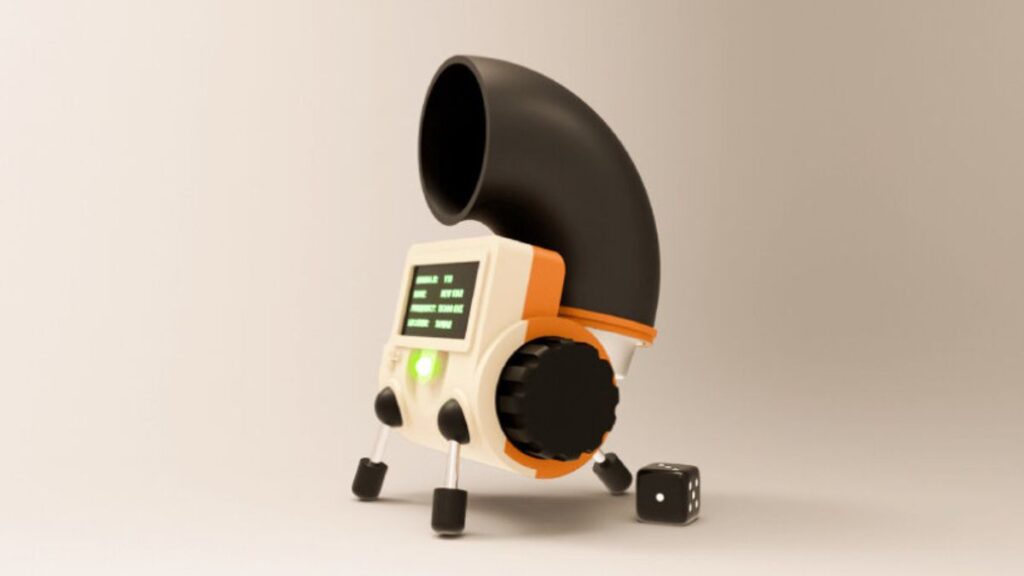In a landscape where data pulses through fiber optics like lifeblood and identity fragments scatter across platforms in chaotic harmony, one string of characters has begun to echo across dark web threads, cybersecurity reports, and avant-garde art forums alike: bozmixsiw154.
No, it’s not a password. Not quite a code either. It’s something stranger—and perhaps, something more telling about the times we live in.
In this SPARKLE special, we unpack bozmixsiw154, a seemingly innocuous keyword that’s gone from obscure alphanumeric sequence to a cultural fingerprint for a generation teetering on the edge of surveillance, anonymity, and digital reinvention. Buckle up—because this isn’t just another string of text. This is the internet looking back at itself.
Chapter 1: What Is Bozmixsiw154?
Let’s start with what we know—and what we don’t.
Bozmixsiw154 appears at first glance to be a randomly generated handle, possibly from a password manager. The structure—the prefix “bozmixsiw” followed by the numerals “154”—suggests a hash tag, a user ID, or even a test string from a botnet database.
But in tracing the digital footprints of this keyword, a pattern emerges. It’s appeared in online repositories, GitHub issue trackers, cybercrime databases, anonymous forum signatures, and even AR-generated street art campaigns in Berlin and Tokyo. Somewhere between a code and a brand, bozmixsiw154 is becoming a signifier—used by some as a protest, by others as a mythos, and by a few as a warning.
Chapter 2: Origins in Obscurity
The earliest indexed appearance of bozmixsiw154 can be traced back to a defunct URL snippet on a shadowy corner of the Tor network. According to metadata, it was first encoded into a README file of a backdoor toolkit called NeoObscura, dated August 2022.
The kit itself was rudimentary—designed to exploit zero-day vulnerabilities in older Android builds—but the bozmixsiw154 string appeared not in the source code, but in the author’s commentary:
“You can follow me through bozmixsiw154. But remember, you’re already being followed.”
Whether this was a pseudonym, a riddle, or a breadcrumb remains unclear. But that cryptic sentence would go on to define the cult status that followed.
Chapter 3: Bozmixsiw154 as a Signature of Resistance
In the months that followed, the keyword started surfacing in cyber-vigilante circles. Hacktivists etched it into JavaScript injection payloads. Protesters in Hong Kong reportedly used it as an encryption key for decentralized messaging apps. A splinter subreddit, r/bozmixsiw154, emerged as a digital graffiti wall, mixing philosophy, code, and conspiracy.
At this point, bozmixsiw154 had transcended its code-origin and become what culture analyst Mariel Ng describes as “a cipher for digital resistance.” In an age of data hoarding and algorithmic manipulation, using a non-brand like bozmixsiw154 is itself a stance—a digital shrug against tracking culture.
“You can’t optimize something you can’t classify,” Ng told SPARKLE. “And bozmixsiw154 defies classification. That’s its genius.”
Chapter 4: From Hacker Lore to Pop Culture
You know something’s hit a nerve when it crosses over into pop. By 2024, bozmixsiw154 had made subtle cameos in:
-
A Kendrick Lamar remix that sampled speech from early Tor recordings containing the string.
-
A Berlin fashion line that printed “BOZMIXSIW154” in barcoded fonts on bomber jackets.
-
An indie game titled Bozmix Protocol where the antagonist is a sentient AI ghost using—yep—bozmixsiw154 as a call sign.
Art collectives have begun exploring it as a modern Dadaist token—“the anti-hashtag” for an age drowning in contextless virality.
It’s the meme that refuses to be memed.
Chapter 5: The Cybersecurity Implications
On the flip side, security analysts haven’t taken the rise of bozmixsiw154 lightly. The keyword has appeared in at least 17 malware payloads since late 2023, used mostly in beaconing behavior—when malware pings a remote server with a signal that confirms installation.
While the payloads are different—ranging from crypto-miners to info-stealers—the recurring use of bozmixsiw154 suggests either a lone architect with a fondness for signatures or a shared ideology amongst a small but potent cyber cell.
A confidential report from Symmetry Security, leaked via whistleblower blog ByteBleed, refers to bozmixsiw154 as “a persistent obfuscation marker likely designed to confuse threat classification engines.”
Whether it’s camouflage or cultish branding, it’s working. Many AV engines still flag it as “low threat” due to its lack of malicious payload—a mistake some experts say could cost dearly.
Chapter 6: The Philosophy of a Keyword
More than code, more than meme, bozmixsiw154 has become symbolic—a placeholder for everything the internet is trying (and failing) to reconcile:
-
Anonymity vs Identity: Is bozmixsiw154 a person? A group? A mood?
-
Surveillance vs Subversion: Why use a recognizable keyword in malware, unless you want to be found—or misfound?
-
Noise vs Signal: It’s a keyword used so often in so many ways it becomes meaningless—until that very meaninglessness becomes the point.
Digital anthropologist Leo Garrin likens it to “a punk band with no music—just presence.” It’s there to make you ask questions, not find answers.
Chapter 7: The Rise of Bozmix Aesthetic
Online, there’s now a recognizable bozmix aesthetic. It’s glitch-heavy. Retro-futuristic. Chaotic in form, minimalist in message. Think ASCII art crossed with a Doomer zine and a Matrix reboot.
The hashtag #bozmixsiw154 has appeared in over 40K TikTok captions—mostly from creators pushing vaporwave visuals and anti-brand messages. One viral post by user @NeoNull simply displays a static screen and the phrase:
“Welcome back, bozmixsiw154. We missed you.”
It racked up 3 million views in 48 hours.
Chapter 8: But Is It Dangerous?
Let’s address the elephant in the data center. Is bozmixsiw154 a threat?
That depends on who you ask.
To marketing executives, it’s a curiosity. To cybersec teams, a potential misdirection. To sociologists? A fascinating case of user-defined mythology in real time.
But for governments? It’s unnerving.
Interpol reportedly requested metadata logs from several social platforms where bozmixsiw154 trends surged during coordinated protest events. Whether coincidence or catalyst, the keyword keeps showing up at the edges of global unrest.
An NSA analyst (who declined to be named) compared it to “a digital Guy Fawkes mask—faceless, and therefore usable by anyone.”
Chapter 9: So, Who—or What—is Behind It?
The golden question.
Dozens of theories exist. Some plausible, some tinfoil-worthy:
-
A rogue AI: A self-replicating bot using bozmixsiw154 as its tag.
-
A performance artist collective: Making a point about ownership in the digital age.
-
A decentralized movement: Like Anonymous, but encrypted and aestheticized.
-
A coincidence: A few early adopters creating a feedback loop of meaning through repetition.
But maybe the real answer is this: bozmixsiw154 is all of these things—and none of them. It’s not just a keyword. It’s a mirror.
A Rorschach test for the digital subconscious.
Chapter 10: The Future of Bozmixsiw154
Whether it fades like a passing meme or becomes a permanent fixture in hacker history remains to be seen. But bozmixsiw154 has already carved a unique path—spanning tech, culture, security, and digital storytelling.
It’s a symbol, a cipher, a signature—and perhaps most intriguingly, a ghost.
In a world ruled by trackable data, branding algorithms, and AI-powered surveillance, bozmixsiw154 is a reminder that some things are still beautifully untraceable.
Closing Byte
Every generation of the web gets its mystery. From 420chan to Cicada 3301, Bitcoin’s Satoshi, to QAnon’s cryptic posts—ours has bozmixsiw154. It may not be the hero we understand, but it’s certainly the keyword we deserve.
And maybe, just maybe… it’s you.






